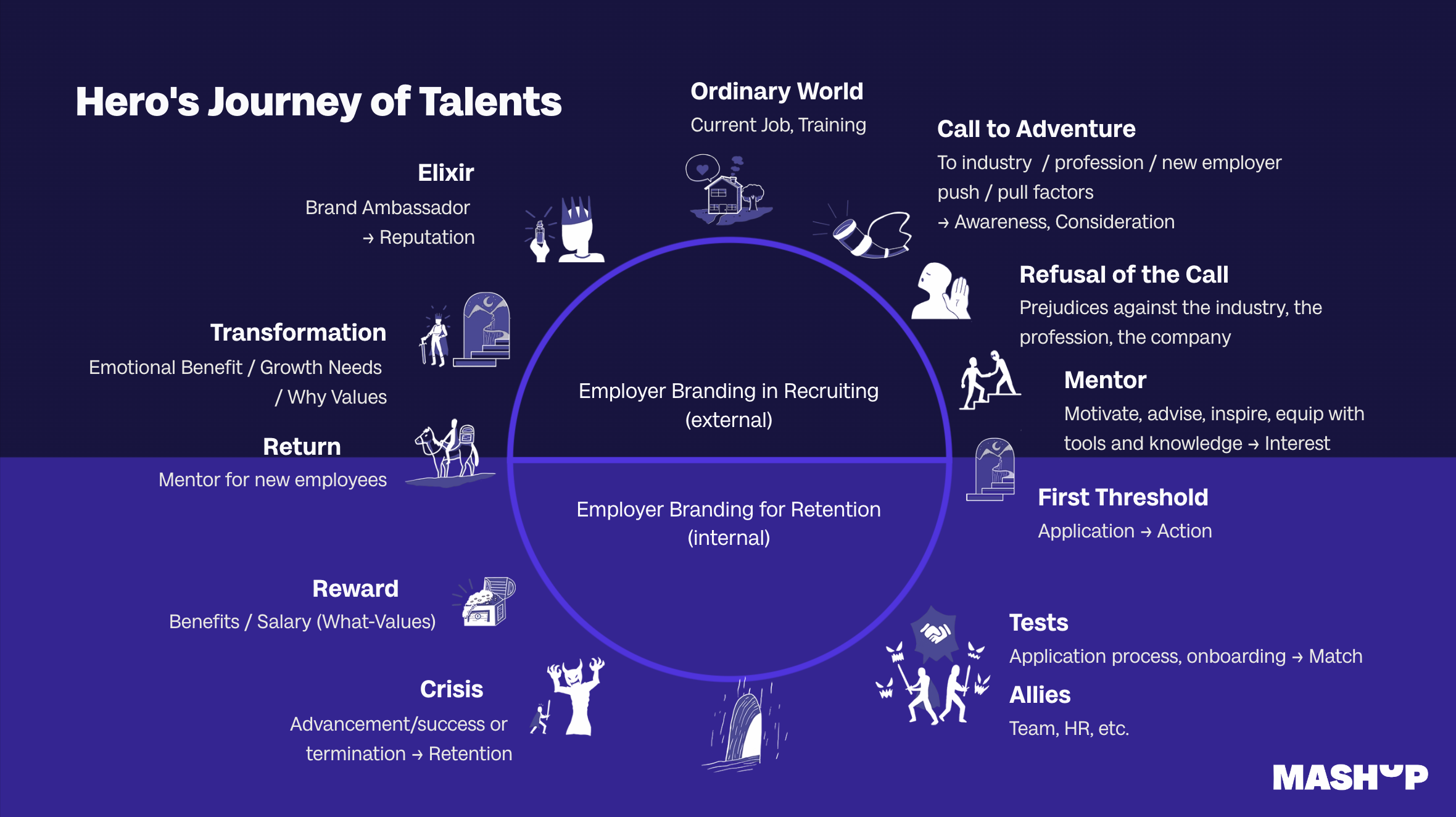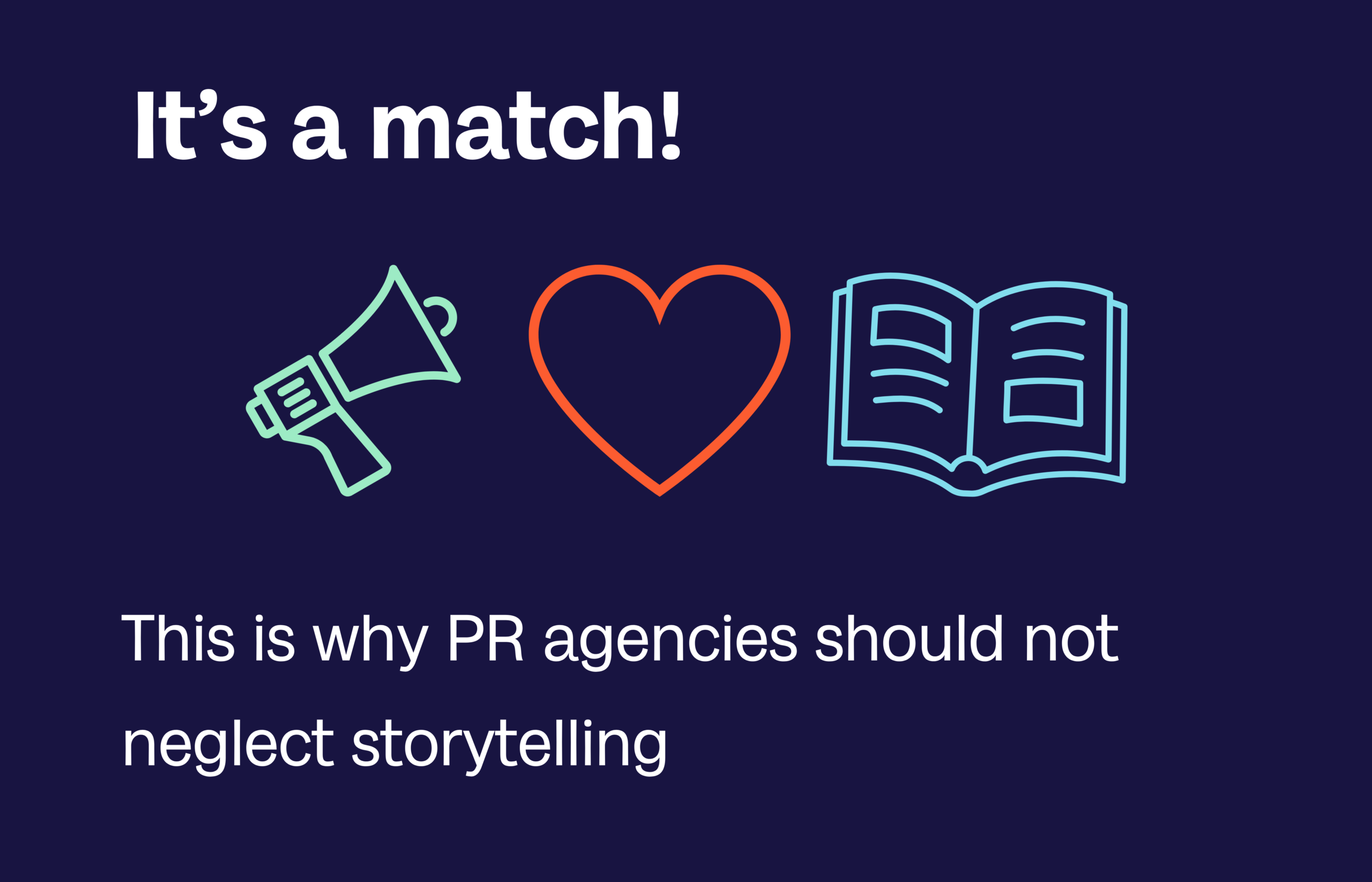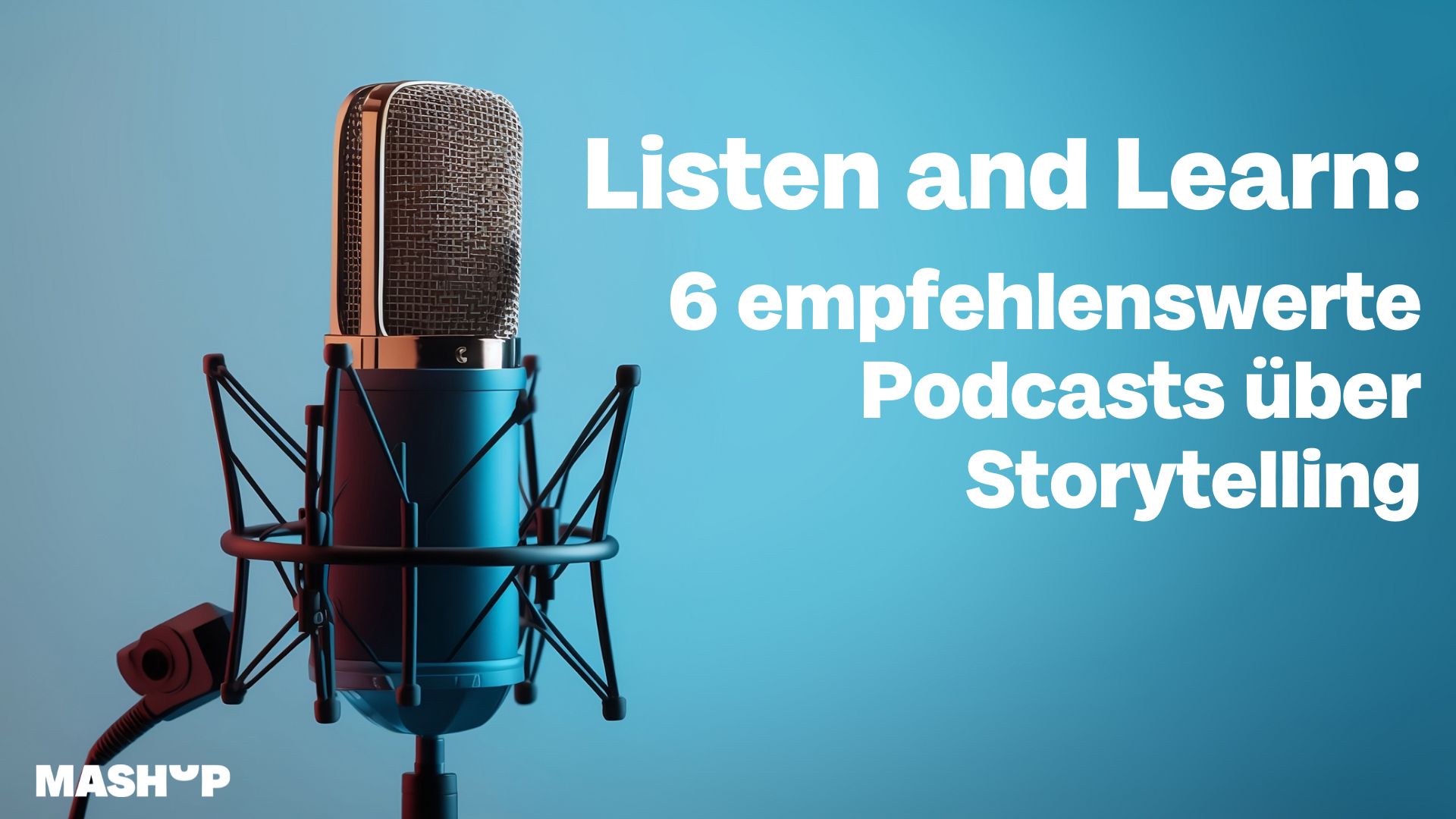Crisis Communication: 9 lessons between cold water and hot telephone lines
If the agency’s phones are ringing nonstop and they always mention your name on the other end of the line, then probably a controversial press agency report about your customer’s event has been published. All of a sudden you are not a PR consultant and promoter anymore – instead you have become a company’s face and its voice in the media’s spotlight. At least in the eyes of the calling journalist. In reality, you are just the interface between them and the actual representatives. All that happened to me right before the “Kinderwunsch Tage”, Germany’s first public fair for people who desire to have children. In my excursion to the world of crisis communication you can read about the things I learned as I found myself suddenly walking on the narrow ridge and about the steps leading me to the communicative goal.

Wordings, scenarios and telephone marathon: Preparation is everything for public relations
“May I quote your statements word by word?”, a journalist’s voice asked me on a Monday morning unprepared after the press agency report has just been published and immediately it started to rumble in the back of my head. Eager journalists prefer picking up the phone to receive quick answers – realization number one, even before truly realizing that I will spend the next two weeks in the cold water of crisis communication. But quickly, thanks to the experience and advice of my helpful team, I could focus on better things. When pre-contact and follow-up suddenly turn into a permanent telephone service and urgent interview questions, a good preparation means everything – realization number two. Thirdly, it is recommended to think through all different types of possible scenarios that might occur. Having a statement or a customer’s quote available in such a hectic moment can save time as well as effort. The first critical questions journalists asked me built the basis for the crisis wording, which, next to the existing Q&As, provides clients as well as consultants with standardized communication for delicate questions. Lesson number four. Concerning phone inquiries, always request them in writing. This helped me a lot to coordinate everything and ensured the consistency of the communicated content. Without exception, all journalists reacted in an uncomplicated way while the demanded points surprisingly repeated themselves a lot. This fifth lesson gave me more confidence in dealing with very ambitious callers. As the accreditation list grew and the number of mails increased, I picked up my own handset and experienced intensive as well as friendly conversations with the journalists. This was fun and tremendously raised my motivation to meet the loudest critics on the same level – lesson number six.
Update, listening and leading: how client support works
I am not the spokeswoman of the “Kinderwunsch Tage”. I arrange the contact and ensure the best communication. This seventh realization made me relax in front of the journalistic critics and at the same time strengthened my way of dealing with the client. I had the pleasure to mentor a communications professional who was self-confident, human and at the same time very professional in interview situations. Lesson number eight: In order to create the right frame, it was important to always be there for advice: how critical do we rate the medium, what questions do we expect and what do we recommend? So I made more than the usual number of phone calls, also with the client, and tested his reaction in simulated. This strengthened the confidence on both sides tremendously. Ninth lesson: I noticed that one of his colleagues needed much more guidance than expected in order to feel comfortable in front of the camera. Thanks to previously prepared interview questions, we were able to discuss possible answers and details together. This and my presence during the filming led to a much more confident appearance – to his and my delight.
Conclusion: Nothings is as bad as it looks
When the event finally opened its doors, the crisis communication was almost completed and we reaped what my agency colleagues and I had sown in the last months. Looking back at the first leap into the cold water, the crisis pool now felt much more comfortable. In the end, the prepared statements on the bad, worse, and worst case scenarios were not used at all – but it was a good feeling to have them available. Thanks to our thorough preparations, the intense exchange and the confidence gained, our customer mastered his interview marathon with impressive patience and spontaneity. I myself was delighted to get to know the faces of the journalists, some of which I had been in contact with for weeks. I enjoyed the improved relationship with every handshake and every following chat. After the two-week high-adrenaline level, which provided me with many yeah moments, decreased, I was glad about the nice routine without permanently being on the phone all day. Still, for one or two moments I was almost disappointed when my name didn’t come up on the phone.
Conclusion of my lessons:
- In urgent occasions, journalists prefer a quick call to a long e-mail.
- A good preparation regarding content and moral terms is the most important aspect in crisis situations.
- Possible scenarios prepared as a crisis wording and opinions addressed to these save a lot of time.
- Telephone inquiries always need to be requested in writing. That facilitates the coordination and the uniformity of the communicated contents.
- The journalists’ critical questions are surprisingly often the same.
- In case of written inquiries, it is also preferable to use the handset and telephone to avoid long e-mail dialogues.
- As a PR consultant, you are not the spokesman for the client, but an intermediary for optimal communication.
- Always update the client and be there for him so that he feels advised and accompanied.
- Some clients need more guidance than others. The simulation of interviews gives them more confidence, whether in front of the camera or talking to journalists.
Share this article
Related articles

11 March 2024










